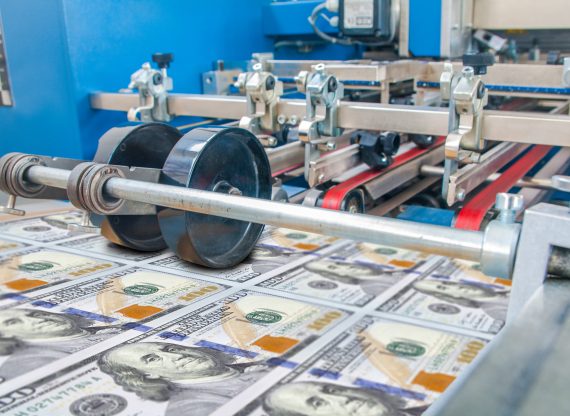What would economist John Maynard Keynes think of Canada’s high inflation?

If he were still alive, British economist John Maynard Keynes would have celebrated his 140th birthday this month.
Politicians of all stripes love to parrot his take on deficits as a way to stimulate the economy whenever they’re in office. Typically, they tend to go back to more fiscally responsible positions when they’re in opposition.
Our current federal government is no exception. Prime Minister Justin Trudeau frequently justified his government’s repeated use of deficit-financed measures as a way to support the economy during the pandemic. The hundreds of billions of dollars of debt it took on during that period were largely financed by the Bank of Canada’s decision to acquire large amounts of government debt.
And yet, if Keynes were alive to judge Ottawa’s approach to budgeting during the past few years, he would have had quite a few objections, and foreseen the dire consequences of that approach.
In one of his early works, “The Economic Consequences of the Peace” (1919), Keynes explains why he walked away from the Versailles Peace Conference at the end of the First World War, where he was a delegate of the British Treasury.
In it, he expounds on the impact the large-scale issuance of new currency to finance government spending had in creating high inflation. In his own words:
“The inflationism of the currency systems of Europe has proceeded to extraordinary lengths. The various belligerent Governments, unable, or too timid or too short sighted to secure from loans or taxes the resources they required, have printed notes for the balance.”
In short, by financing their spending with newly minted money, instead of using taxes or bonds, governments made their currency less valuable. In Austria-Hungary for instance, some estimates point to a more than 1,500 per cent increase in the cost-of-living index over the four years of the war. To put this in perspective, imagine all your bills increasing fifteenfold on average since the spring of 2019.
While modern-day Canada and turn-of-the-century Austria-Hungary have little in common, the inflation we’ve lived through these past two years stems from the same place: governments using the printing press to finance massive spending.
In Austria-Hungary’s case, with banking technology being what it was in the day, it quite literally ran the presses into overdrive. As for Canada, the way our central bank engaged in the large scale issuing of currency was a bit different.
Instead of asking the Royal Canadian Mint to stamp coins faster than ever, the Bank of Canada was able to dump hundreds of billions of dollars of currency into the market by purchasing an equivalent sum in government bonds, with money it created out of thin air.
As such, its balance sheet reached a peak in February 2021, at nearly 500 per cent of what it was prior to the pandemic.
Since then, our central bankers have been attempting to bring it back down to more normal levels, selling some of those bonds back to the markets and thereby taking currency out of circulation. Nevertheless, its balance sheet remains quite high, at over three times its pre-pandemic levels.
While we tend to think of money only as a means to conduct transactions, it reacts to changes in supply in much the same way as any other good or service. If there’s more money to go around, and it chases the same supply of goods, it will lose some value — meaning more money will be necessary to purchase those goods. If that sounds familiar, that’s because it’s a key component explaining the abnormally high levels of inflation we’ve seen in Canada in recent years.
While we were accustomed to having it hover at around a predictable two per cent per year for the past few decades, it peaked at a whopping 8.1 per cent in June 2022 and has been falling slowly since.
It’s an unfortunate, and yet very powerful, reminder that there’s no such thing as a free lunch. Whether government spending is financed through taxes, through loans and their associated interest payments, or through the issuance of newly minted coins, Canadians will always end up paying for it in the end. In this case, it’s through a general increase in the price of goods and services.
As Keynes so aptly put it: “By continuing a process of inflation, governments can confiscate, secretly and unobserved, an important part of the wealth of their citizens.” And it sure is easier to shift the blame for inflation onto other factors — corporate greed, supply chain issues, etc. — than it is to blame tax increases on somebody else.
Daniel Dufort is President and CEO of the MEI and co-author of “The “Forgotten” Keynes on Government Spending, Inflation, and Price Controls.” The views reflected in this opinion piece are his own.

